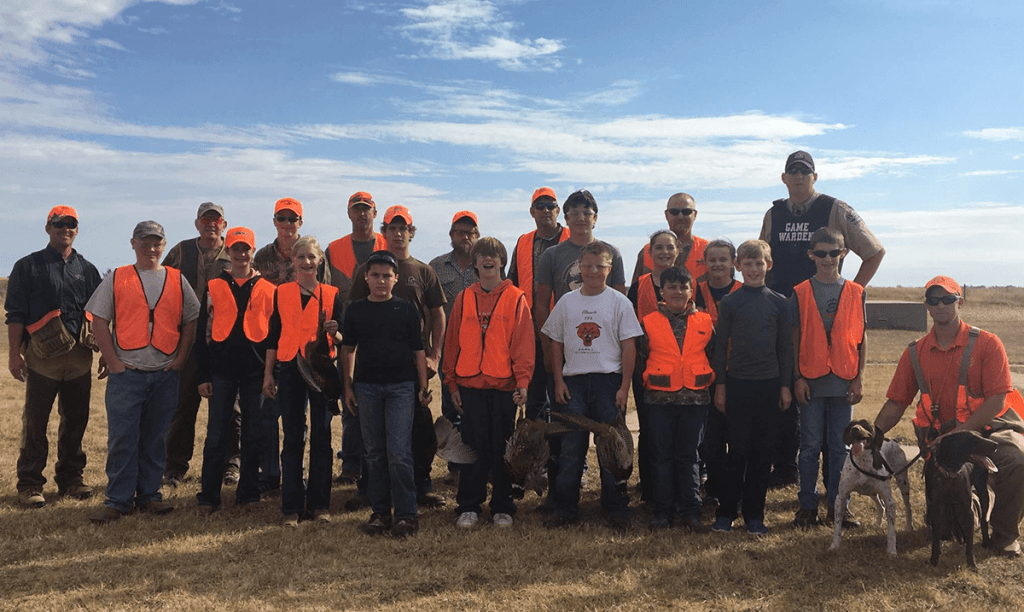
State Agencies are on the Front Lines of the Battle to Increase Hunter Numbers
By Michael Pendley
State departments of natural resources and fish and game agencies are worried. Their chief function is to manage and protect their state’s wildlife populations. To do that, most rely at least partly on income from license sales and allocated federal tax dollars derived directly from the sale of hunting and fishing gear.
The problem: The people they regularly interact with are already enjoying some aspect of the outdoors. To truly expand hunter numbers, these agencies must reach out to the potential hunters.
Wisconsin Turns to Adults for New Hunters
Wisconsin is one of those states actively seeking new hunters. Since 1990, it has lost over 100,000 licensed deer hunters, one-seventh of its deer-hunting population. Emily Lehl is the Wisconsin DNR’s R3 Coordinator. R3 stands for “recruitment, retain, and reactivate” and is a national initiative followed by many state agencies.
“In 1996, our department implemented the ‘Learn to Hunt Program.’ Back then, our first inclination was to target young people for introduction to hunting. We set up ‘Learn to Hunt’ as a way to get kids from non-hunting families involved in hunting. We were able to get special seasons and relaxed limits implemented,” said Lehl.
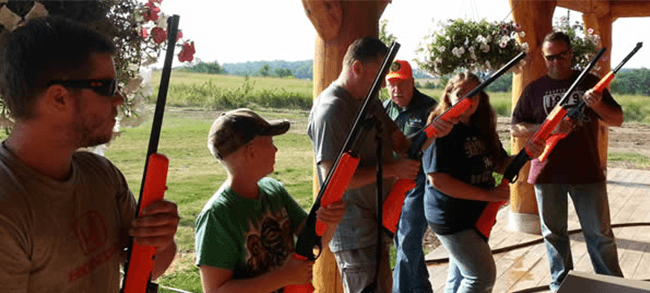
After several years of “Learn to Hunt,” the DNR discovered a few things. One, most of the kids involved in the program were from hunting families—not really the target audience the agency needed to attract new hunters. Second, the participating kids who were from non-hunting families had no support network to continue hunting. With that knowledge, starting in 2011, Wisconsin DNR officials shifted its R3 efforts from kids to young adults. “We noticed an increase in interest from young adults who were looking at hunting as a means to procure organic protein for themselves and their families,” said Lehl.
Since most of these young adults had neither hunting experience nor a network of hunters to turn to for advice, the department implemented a series of “Hunt for Food” classes designed to provide information, mentorship and hands-on experience the new hunters would need to continue participating in this American pastime.
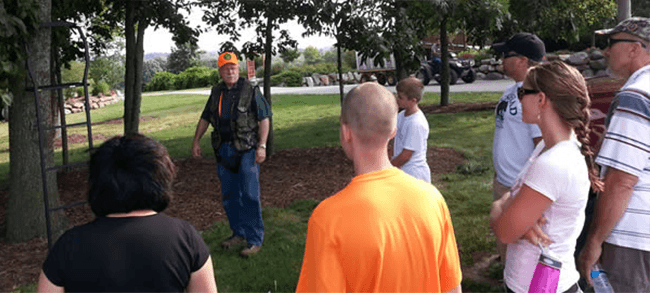
The classes meet once a week for four weeks. The first class is held in a classroom setting where participants get to know one another and get a basic overview of hunting methods, general safety and equipment needs. The second week is spent in the field covering actual hunting situations and methods. Week three moves to the shooting range to introduce the new hunters to either firearms or crossbows. All of this training culminates in the actual hunt weekend. Participants are paired with volunteer mentors and then put their training to use. After the hunt, everyone reconvenes for a hands-on butchering class to process game from any successful hunts, and the final part of the class has participants and their families attending a wild-game dinner. Not only does the meal introduce properly prepared wild game, it gives the attendees a chance to socialize and form bonds that should help form a lasting support group for future hunts.
The program has been so successful that the Wisconsin DNR is now encouraging hunting and conservation clubs across the state to adopt the framework and hold classes of their own. “We traditionally see these clubs focusing on youth, but with the success we are seeing from the ‘Hunt for Food’-style programs, we are encouraging these clubs to shift that focus to young adults,” said Lehl.
Kansas Takes a Multi-Pronged Approach
Another agency seeking to stem the decrease in their state’s hunter numbers is the Kansas Department of Wildlife Parks and Tourism (KDWPT). From 2011 to 2016, hunter numbers in the state dropped 16 percent. Tanna Fanshier, R3 Coordinator for the Department, is working to reverse that trend.
One of five states awarded a monetary grant from the Association of State Fish and Wildlife Agencies for programs to expand hunter numbers, the KDWPT is attacking the problem on multiple fronts. In addition to re-engaging hunters who have stopped participating in the tradition, Fanshier says the KDWPT is reaching out to non-traditional hunting audiences, including women, college students and Millennials.
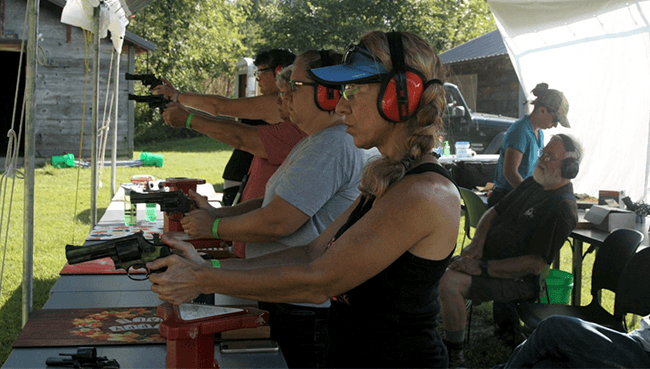
“Our Becoming an Outdoors Woman (BOW) classes are proving to be extremely popular,” said Fanshier. The classes are held at multiple locations throughout the year with experienced volunteers covering a variety of topics, including basic hunting, species-specific hunting, camping, firearm or archery gear training, bird and wildlife ID and fishing, in hands-on training.
“One of the things I’m really excited about is that we have recently scheduled our first BOW class with an all-female instructor group,” Tanna said. “We think having women as instructors for the class will remove some of the apprehension participants might have when signing up for the class.”
Like the Wisconsin DNR, the KDWPT is also seeing great return on investment from programs centered on young adults and their desire to learn to hunt as a means of procuring organic protein. “We have seen great success in tapping into the locavore movement among young, sometimes urban populations. We are using both fish and game dishes as a way to introduce a non-traditional segment of the population to hunting and fishing,” said Fanshier.
Unfortunately, one of the biggest hurdles for new hunters is finding a spot to hunt. With approximately 98 percent of the land in Kansas being privately owned, this is particularly true for new hunters in the state. To combat this issue, KDWPT began a Walk-In Hunting Access (WIHA) pilot program in 1995. The program paid private landowners to open their land to walk-in hunters. By 2004, WIHA had grown to over a million acres; during the 2018-’19 season, WIHA provided over 1.2 million acres of ground to hunters pursuing a wide variety of game species. To ease liability concerns, Kansas state law has provided landowners who lease their land to the state for recreational purposes immunity from damages or injuries that result from ordinary negligence.
Kentucky Gets Creative with Firearms Seasons and Mentored Hunts
The Kentucky Department of Fish and Wildlife (KDFWR) is also on a constant search for ways to stop falling hunter numbers. Brent McCarty, R3 Manager for the department, says the state of Kentucky has long been at the forefront of new-hunter recruitment.
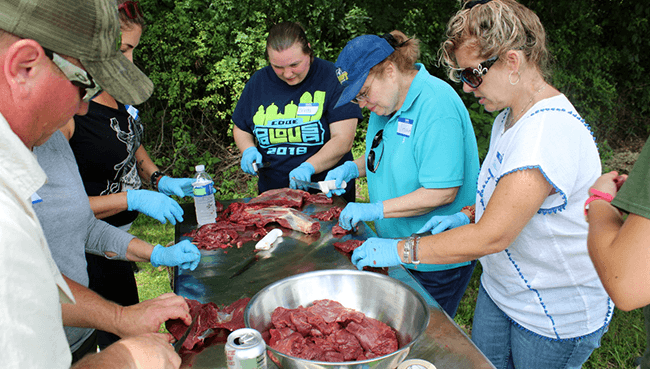
“Our department has a large R3 staff for agency size, an indication of just how important it is to us,” says McCarty. “We were the first to introduce the ‘Field to Fork’ program that has been adopted by so many other agencies and organizations. And we are still the most active with more than 40 ‘Field to Fork’ programs last year, alone.” Brent said.
“One of the biggest impediments to new hunters in the state is access to a place to hunt. We have a lot of experienced hunters who would like to mentor new hunters, and landowners who offer their farms to host hunts. Trouble is, the most effective tool for new hunters is a firearm, and both the mentors and the landowners tend to be either hunting themselves or hosting friends and family hunting their property during the relatively short firearms season. To combat this, we’ve recently gotten legislation passed that allows us to host firearm mentor hunts on private land outside the regular season. This gives us the opportunity to pair up experienced mentors with new hunters in the NSSF +ONESM Movement-style on farms that don’t have other active hunters on them at the time,” said McCarty.
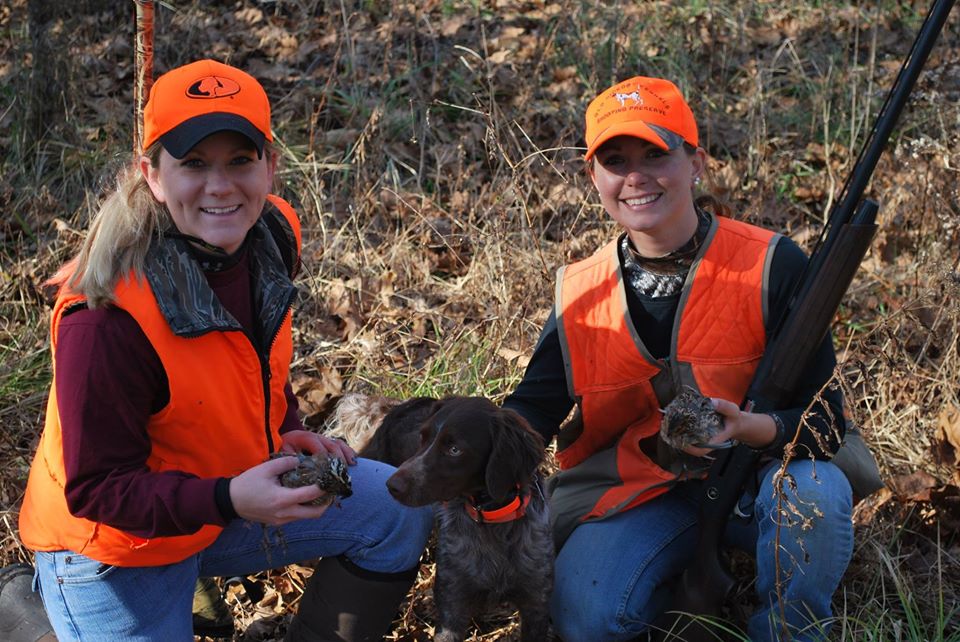
KDFWR is also in the process of switching the required Hunter Safety Certification from an either partial or complete in-person class to a completely online course. “Not only is this going to make it easier for new hunters, it will free up the four regional hunter ed coordinators and nearly 400 volunteers we have across the state to move away from hunter ed and more toward R3 initiatives,” said McCarty.
While efforts like these from various state game agencies might not entirely reverse the decline in hunter numbers, they can turn the tide. Introducing a new, non-traditional demographic to hunting is helping to spread the word to a much wider audience, good news for the long-range well-being of the tradition we love. Curious about what your state’s natural resources agency has to offer you, from public hunting lands to game seasons and apprentice hunting license programs? NSSF’s Where to Hunt is your one-stop resource for state-by-state information, and it’s just one of the resources for both new and experienced hunters at LetsGoHunting.org. Give it a visit and see all it has to offer—and then head to the field for a great day of hunting.
You may also be interested in:
https://www.letsgohunting.org/articles/fish-wildlife-agencies-use-mentored-dove-hunts-to-introduce-people-to-hunting/
















